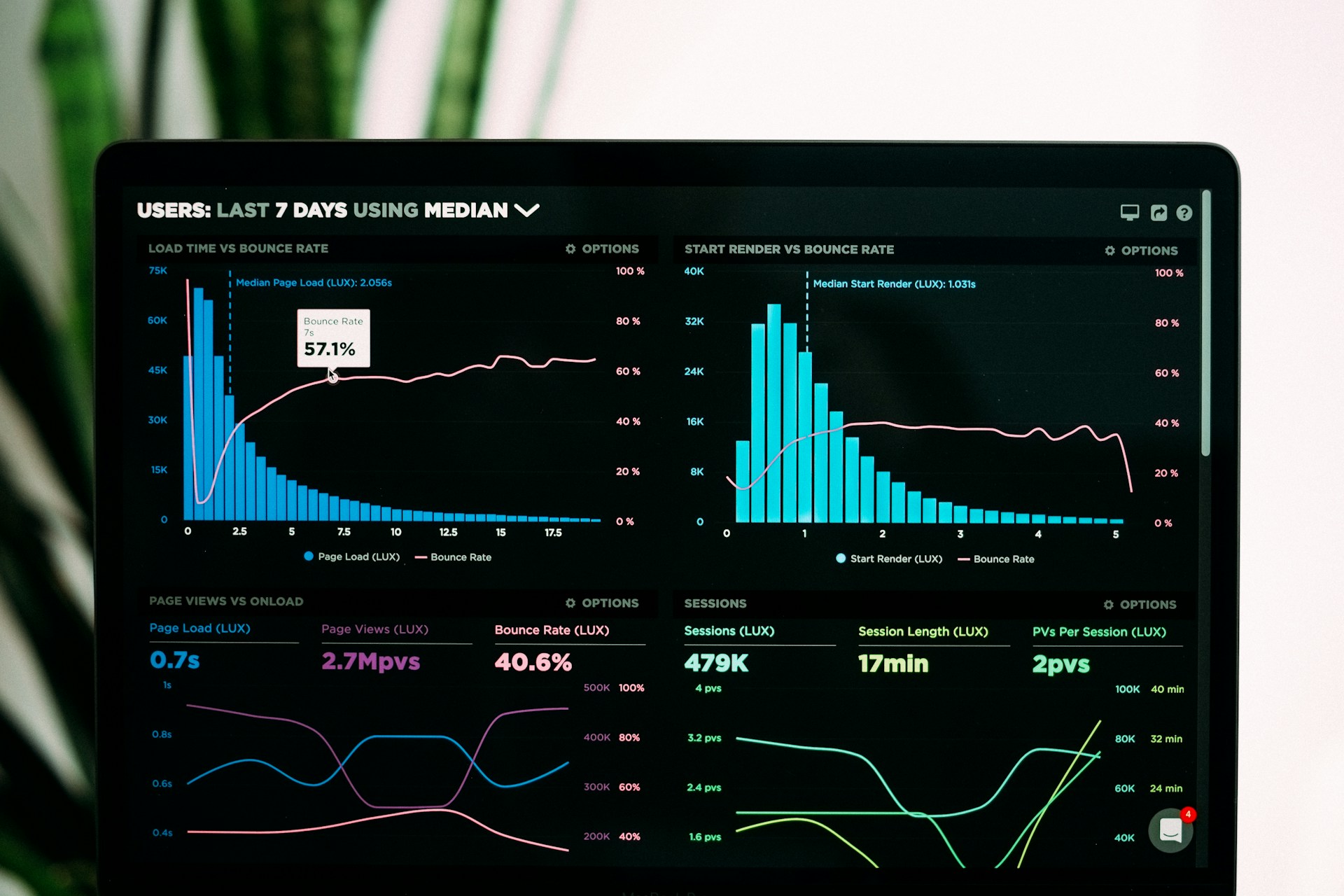
Modern businesses face a wide array of digital threats that can compromise data, disrupt operations, and erode customer trust. As attackers grow more sophisticated and persistent, the ability to monitor and respond to security incidents has become a necessity rather than an option. Security Information and Event Management (SIEM) systems have emerged as a reliable approach to meeting these challenges. By collecting and analyzing data from various sources in real time, SIEM tools offer insights that go beyond what traditional security tools can provide. Understanding how a SIEM system supports your organization’s security efforts can help you make more informed decisions about protecting your digital infrastructure.
Table of Contents
Threat Detection with Greater Accuracy
Effective threat detection requires timely insights into both known and emerging threats. A SIEM system gathers and analyzes data from across your network, identifying suspicious activity that may indicate a breach or compromise. Instead of relying on manual monitoring, the system uses advanced algorithms to detect patterns and anomalies that might otherwise go unnoticed. In the context of small-business security event management, SIEM tools bring enterprise-level capabilities to organizations with limited IT staff. This helps them detect threats early, before they escalate into larger problems. For example, the system might flag a login attempt from an unusual location or a sudden surge in failed login attempts. Without centralized monitoring, such warning signs could easily be missed. SIEM systems reduce false positives by correlating events across different platforms, helping teams focus on what matters most.
Improved Incident Response and Investigation
Time plays a critical role in responding to security breaches. The longer a threat goes unaddressed, the more damage it can do. SIEM platforms support rapid response by centralizing security alerts and giving analysts the context they need to take action. Rather than searching across disparate logs or systems, the response team can use a single dashboard to investigate incidents in depth.
Each alert generated by the SIEM is tied to relevant metadata, such as affected user accounts, devices involved, and related network activity. This level of detail speeds up forensic analysis, allowing teams to understand the scope and origin of the incident. By automating key aspects of the investigation process, the SIEM not only accelerates response times but also reduces the burden on analysts. This makes it easier for businesses to contain threats before they disrupt daily operations or result in data loss.
Centralized Visibility Across the Organization
One of the most valuable features of a SIEM system is its ability to consolidate information from various sources—firewalls, servers, applications, cloud services, and endpoint devices—into a unified view. Security teams no longer need to toggle between different tools or interfaces to understand what’s happening across the network.
This level of centralized visibility helps identify vulnerabilities that might otherwise go unnoticed. For instance, repeated failed login attempts across multiple systems may seem benign on their own. When viewed collectively in a SIEM dashboard, they can reveal a coordinated attack. This holistic perspective is particularly useful for businesses with hybrid or cloud environments, where security gaps can form between platforms. With centralized visibility, organizations can detect these gaps and prioritize remediation efforts before attackers exploit them.
Streamlined Compliance and Audit Readiness
Meeting regulatory requirements can be a complex, time-consuming process. Whether you’re dealing with GDPR, HIPAA, PCI DSS, or another standard, a SIEM platform can simplify the task of maintaining compliance. Automated log collection, real-time monitoring, and report generation help organizations demonstrate that proper controls are in place.
Many compliance frameworks require organizations to keep detailed records of access attempts, configuration changes, and security incidents. A SIEM system handles this automatically, reducing the risk of manual errors and missing data. During audits, having access to well-organized, searchable logs can significantly reduce stress and time spent gathering evidence. The platform allows businesses to customize reports based on their specific regulatory obligations, improving transparency with stakeholders and regulators.
Scalability That Supports Business Growth

Security needs evolve as companies grow. What works for a ten-person startup may not be sufficient for a midsize enterprise. One of the strengths of a SIEM system lies in its scalability. The same platform that serves a small team can be expanded to meet the needs of a larger organization without the need for a complete overhaul.
SIEM solutions can ingest and analyze increasing volumes of data as new users, devices, and applications are added to the environment. They support flexible deployment models, from on-premises to cloud-native implementations, allowing businesses to adapt their approach without losing continuity. This scalability ensures that security remains aligned with organizational growth, keeping pace with both expansion and technological shifts. It also supports future integrations, such as threat intelligence feeds or endpoint detection and response tools, enhancing the system’s effectiveness over time.
Implementing a SIEM system is not just about adding another layer to your security stack. As digital threats continue to evolve, investing in smarter, more integrated security solutions is one of the most practical steps a business can take to safeguard its future.


